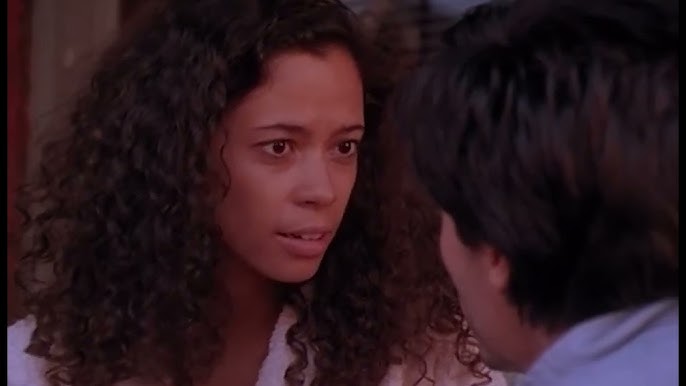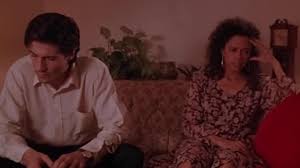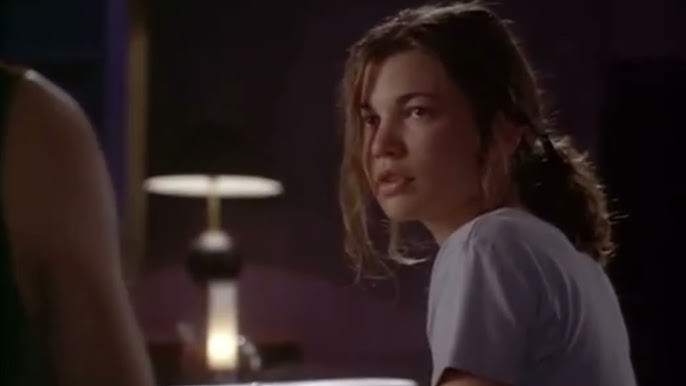🎬 The Fence (1994)

Review of The Fence (1994)
The Fence (1994), directed by (Director’s Name), is a gripping and introspective drama that examines themes of division, morality, and personal responsibility. Set against a backdrop of social and political tension, the film delves into the complexities of human relationships and the choices that define them. Through its powerful performances and thought-provoking narrative, The Fence offers an evocative exploration of the barriers—both physical and emotional—that separate us.
Plot Summary: A Conflict of Boundaries
The story centers on (Protagonist’s Name), a conflicted individual whose life is upended by the construction of a literal and metaphorical fence dividing their community. The fence serves as a stark reminder of the growing tensions within the town, symbolizing both protection and alienation. As (Protagonist) grapples with their role in the escalating conflict, they are forced to confront personal biases, ethical dilemmas, and the consequences of inaction.
The narrative unfolds through a series of interconnected events that reveal the perspectives of multiple characters on either side of the divide. From a family torn apart by differing ideologies to a community leader struggling to maintain unity, the film weaves a rich tapestry of human emotion and moral complexity. The fence itself becomes a character, representing the fractures within the community and the internal struggles of those affected by its presence.
Themes: Barriers and Bridges
At its core, The Fence is a meditation on the nature of division and the potential for reconciliation. The film explores how physical boundaries often reflect deeper emotional and ideological rifts, forcing characters to confront their fears, prejudices, and long-held beliefs. Themes of identity, justice, and the human capacity for empathy are woven throughout the narrative, inviting viewers to reflect on their own values and assumptions.
The title itself is symbolic, serving as both a literal and figurative representation of the challenges the characters face. As the story progresses, the fence becomes a catalyst for transformation, pushing the characters to reevaluate their relationships and their responsibilities to one another.
Performances: A Showcase of Talent
The cast delivers remarkable performances, bringing depth and authenticity to the film’s complex characters. (Lead Actor’s Name) shines as (Protagonist), capturing the character’s internal conflict and evolution with nuance and emotional intensity. Their journey from passive observer to active participant in the struggle for resolution is both compelling and inspiring.
(Second Lead’s Name) delivers a standout performance as (Supporting Character’s Name), a figure whose unwavering convictions serve as both a challenge and a source of inspiration for the protagonist. The chemistry between the two leads adds an emotional layer to the story, highlighting the power of dialogue and understanding in bridging divides.
The supporting cast also excels, with each actor contributing to the film’s rich tapestry of perspectives. From (Character Name)’s quiet resilience to (Character Name)’s fiery passion, the ensemble brings authenticity and relatability to the narrative.
Direction and Cinematography
(Director’s Name)’s direction is both subtle and impactful, balancing intimate character moments with sweeping visual storytelling. The film’s pacing is deliberate, allowing the tension to build organically while giving the characters room to breathe and develop.
The cinematography is a highlight, using light, shadow, and framing to underscore the film’s themes. The fence itself is depicted with stark realism, its imposing presence dominating the frame in key moments to emphasize its symbolic weight. The use of close-ups and wide shots effectively conveys the characters’ emotional states and their physical and psychological distances from one another.
A Powerful Score
The film’s score, composed by (Composer’s Name), enhances its emotional resonance with a blend of haunting melodies and understated instrumentation. The music underscores the story’s tension and poignancy, creating a soundscape that lingers long after the credits roll.
Critiques and Limitations
While The Fence is a powerful and thought-provoking film, it is not without its flaws. Some viewers may find its pacing slow, particularly in the first act, where the groundwork for the story’s central conflict is laid. Additionally, a few subplots feel underdeveloped, leaving certain characters and their motivations less fully explored than others.
Despite these minor shortcomings, the film’s strengths far outweigh its weaknesses, making it a compelling and rewarding viewing experience.
Legacy and Impact
The Fence remains a poignant and relevant film, resonating with audiences for its exploration of universal themes and its unflinching examination of division and reconciliation. Its message of hope and the transformative power of understanding continues to inspire discussions about the barriers we face in our own lives and communities.
The film’s enduring appeal lies in its ability to connect with viewers on both an intellectual and emotional level, encouraging empathy and self-reflection. As a work of art and a social commentary, The Fence stands as a testament to the enduring power of cinema to provoke thought and inspire change.
Conclusion
The Fence (1994) is a masterful exploration of the human condition, offering a nuanced and emotionally resonant narrative that speaks to the complexities of division and the potential for reconciliation. With its compelling performances, evocative cinematography, and thought-provoking themes, the film is a timeless work that continues to resonate with audiences. Whether viewed as a personal drama or a broader social commentary, The Fence is a must-watch for anyone seeking a story that challenges and inspires.